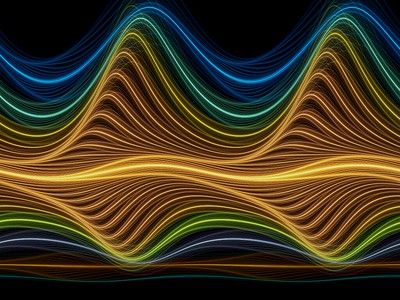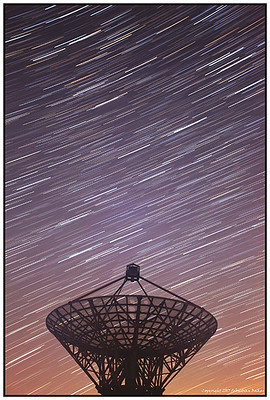Radio Signal Detected from a Galaxy 9 billion Light Years Away

The signal was detected by scientists in India, using their Giant Metrewave Radio telescope and a technique called gravitational lensing.

The signal received is emitted by atomic hydrogen when its electron undergoes a spin-flip transition, and a photon is emitted at a wavelength of 21cm. This wavelength is commonly found around young stars and has many uses in astronomy, most commonly as a tracer for probing the universe.
Whilst this is not the first radio signal received by scientists, it was received from the furthest galaxy yet. This signal could therefore change the way we learn about the early universe.
The signal was detected using a technique called gravitational lensing. Large objects are able to warp the spacetime around itself, effectively bending light at different wavelengths ever so slightly. However, gravitational lensing acts to amplify the signal and change the wave’s direction from its original straight-line course. This is a natural phenomenon that allows us to see deeper into the universe than we otherwise would have. Waves cannot maintain their initial energy without this amplification, as the universe’s expansion causes them to ‘redshift’ (an increase in wavelength and subsequent decrease in frequency and photon energy).

It is thought that a nearby galaxy acted to amplify the signal by almost 30x its original. The signal was emitted by a galaxy known as SDSSJ0826+5630, located 8.8 billion years away. This galaxy is older than our own (the ‘milky way’) by 0.1 billion years.
In astronomy, looking up at faraway objects is equivalent to looking into the past. The universe is expanding homogeneously and equally in every direction. This means it must have expanded from something to begin with; a singularity where all the matter existed in one single confined space. Receiving this signal from a galaxy so far away is therefore the equivalent of looking back 8.8 billion years. This signal also provides details about the early universe, in particular young galaxy formation. Researchers have found it has twice the mass of visible stars, which could be further proof for dark matter with further research.
The signal has enabled a new way of studying the early universe. Through further research, this may enable scientists to get a step closer to solving the mystery of its formation.

